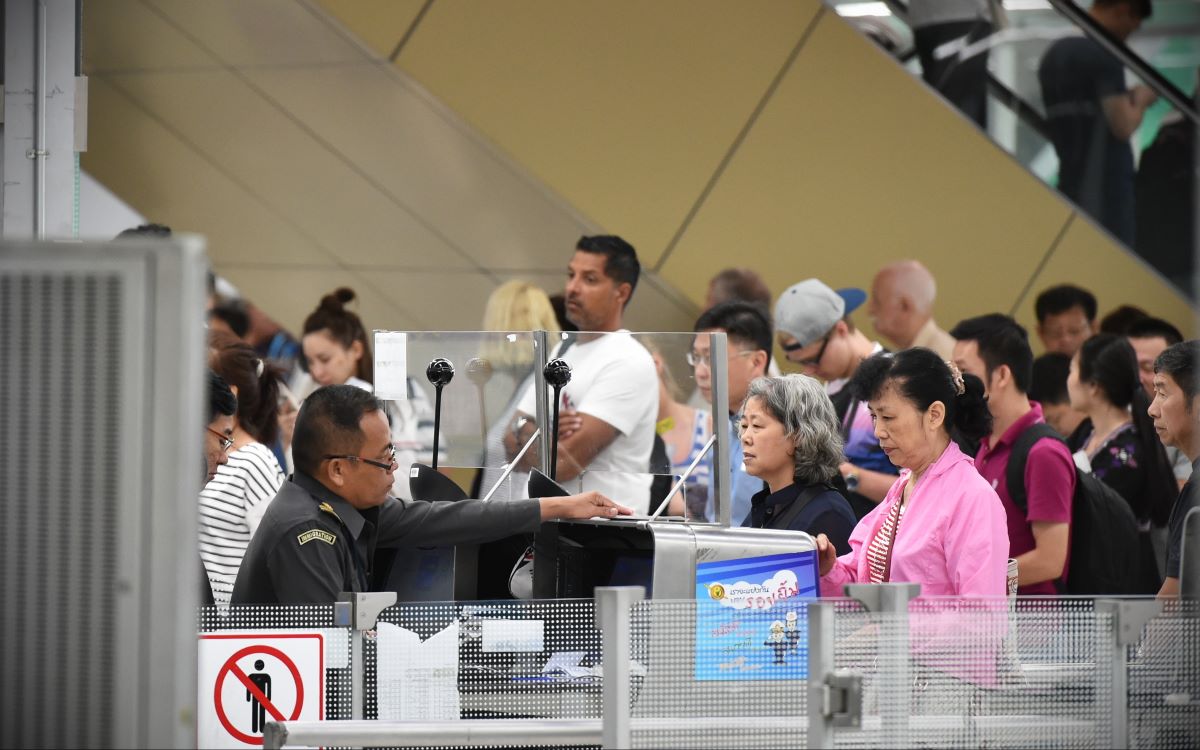Asia Pacific is known for its flourishing aviation sector. Higher population with disposable income, expansion of low-cost airlines and technological upgrades drove the demand for air travel in the region. However, the sector did a crash-landing in early 2020 as the pandemic hit. There was a decline in sell of aircrafts for the commercial and general aviation segments.
Things have started to turnaround and in early 2021 and the domestic passenger traffic has been robustly growing in various countries in the region. Asia’s revival in domestic air travel since the pandemic has been strong, but it trailed other regions. The Asia Pacific’s international recovery was 47% compared to North America at 88% and Europe at 86%.
Andrew Herdman, director-general of the Association of Asia Pacific Airlines (AAPA), says “We’re in the fortunate position that air travel has been growing at above the trend rate for the past five years, and that continues.” According to Mordor Intelligence, the Asia-Pacific aviation sector is expected to grow at a CAGR of 2.97% to $99.32 bn by 2028.
Many countries in Asia, like China and India, have large markets and receive a massive flow of overseas traffic, both intra-region and externally. The domestic passenger traffic is rapidly growing in the region and the airlines are constantly increasing their aircraft fleet and route network to tap into growth opportunities.
Top Aviation Markets in Asia
Singapore
The Centre for Aviation (CAPA) termed Singapore Changi Airport ‘leading Asia Pacific in travel recovery. Changi Airport handled 32.2 million passenger movements in 2022, reaching almost half of the traffic level as it was in 2019, before the onset of the COVID-19 pandemic. That is a 975% increase over the previous year. According to IATA, Air transport market in Singapore is forecast to grow by 126% in the next 20 years. This would lead to an additional 39.5 million passenger journeys by 2037.
China
China is on a rapid recovery path post its reopening. According to the International Air Transport Association (IATA) by 2036 China will be producing an additional 2.1 billion travellers a year – more than double today’s volumes. It is also more than half of the projected growth for the entire world. In 2022, approximately 130 million Chinese were outbound travellers. The Chinese government has unveiled a 5-year aviation development plan wherein the nation will have over 270 civil transport airports, which will handle 17 million takeoffs and landings a year by 2025.
India
India is one of the fastest-growing aviation markets in Asia. According to IBEF, India’s domestic air traffic is predicted to reach 97% of pre-covid levels in FY23. The government’s infrastructure projects have also given an impetus to India’s aviation sector. The government has constructed double the number of airports in the last 8.5 years increasing from 74 in 2014 to 148 presently, connecting several Tier-2 and Tier-3 cities through the air routes. The Indian government also plans to double the nation’s airport capacity to 220 by 2025. Meanwhile, US based-aircraft manufacturer Boeing expects Indian aviation sector to clock in 7% annual growth by 2040.
Hong Kong
Hong Kong’s aviation sector is also poised for a rebound. The IATA predicts that Hong Kong would recover to pre-pandemic levels by the end of 2024, three years sooner than previously anticipated. IATA Director General Willie Walsh attributes the recovery to China’s reopening. He stated, “China’s earlier-than-expected reopening is providing a much-needed boost to the passenger recovery.” IATA also foresees other parts of Asia-Pacific to follow Hong Kong’s path and see faster recovery. In a bid to use more workers from overseas to support the industry, Hong Kong is easing entry criteria to bring in 27,000 foreign workers, including up to 6,300 for the aviation sector.
How does the aviation sector look like in 2023?
Even as Covid-19 restrictions have been removed, there are several challenges to the path to recovery that the industry must address it. These include volatile fuel prices, inflation, the looming global recession, and workforce shortages.
A report by the Asian Development Bank says that the Southeast Asian airline sector has recovered rapidly in the first 12 months between April 2022 to March 2023 and this trend is likely to continue over the rest of 2023, boosted by capacity restoration. It is likely to be 90% recovered by the end of 2023, but the recovery of the 10% of capacity is going to be a struggle. The aviation sector has been struggling with fleet issues and workforce shortages and post the pandemic it is hard to convince and get workers into this cyclical sector. Hence, a full recovery to return to 2019 levels would be possible only by 2025, as per ADB.
The pandemic has compelled the aviation sector to undergo a transformation and it is back in a better form. It is now replete with additional safety measures and advanced technology. Some of the upgrades include self-check-ins, biometrics, and a lot of automated systems. Passengers can travel seamlessly and that’s what is likely to hold on the demand over the long term.










 Australia
Australia China
China India
India Indonesia
Indonesia Japan
Japan Malaysia
Malaysia Philippines
Philippines Singapore
Singapore South Korea
South Korea Taiwan
Taiwan Thailand
Thailand Vietnam
Vietnam Germany
Germany Hong Kong
Hong Kong USA
USA Switzerland
Switzerland Singapore
Singapore
 United Kingdom
United Kingdom








